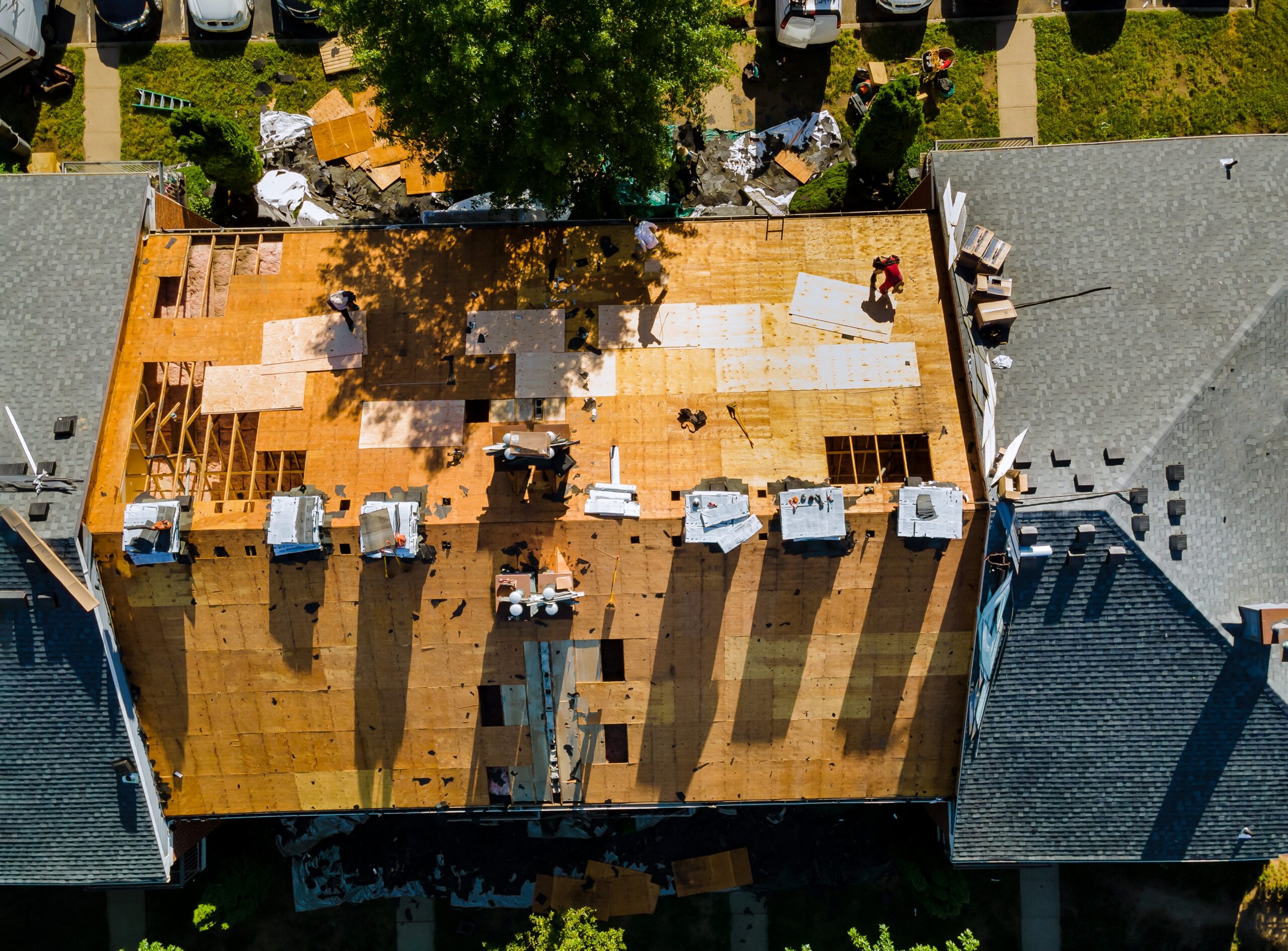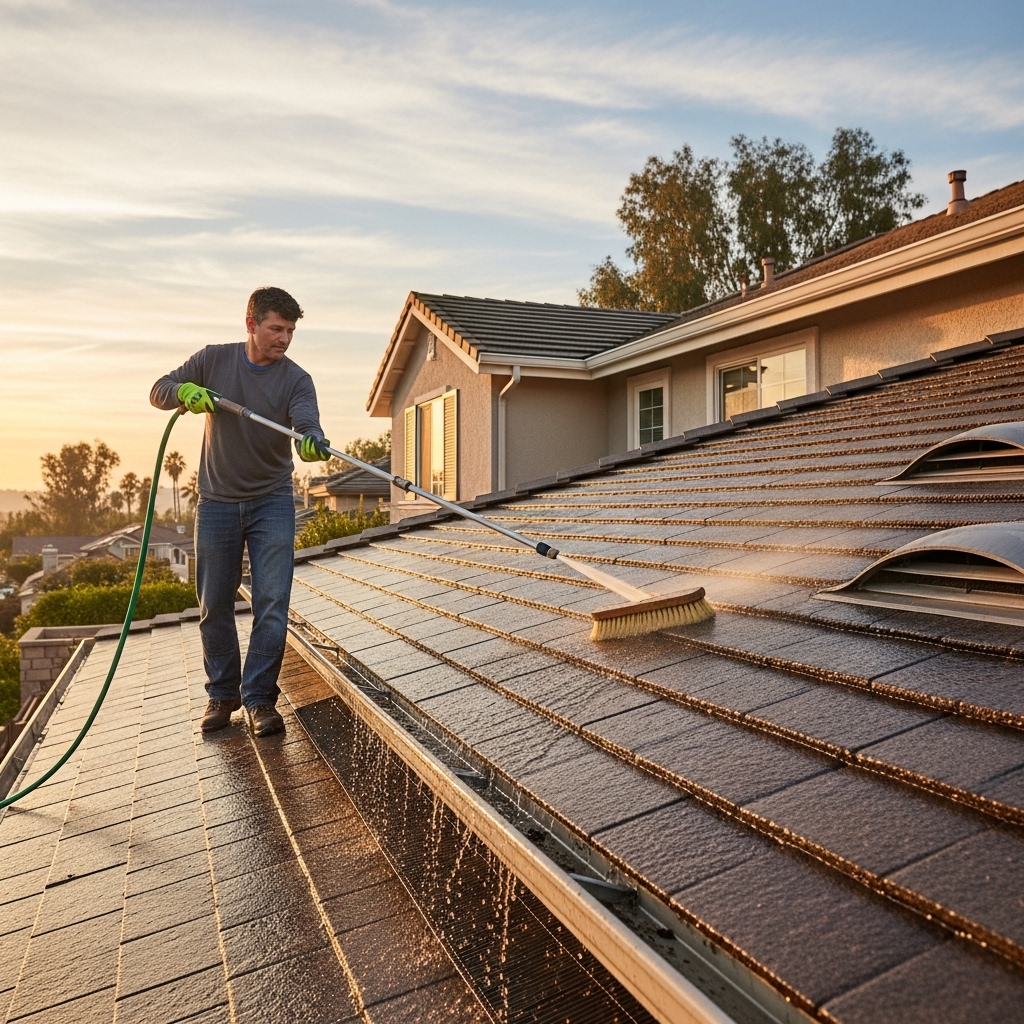Planning and Preparation for Roofing Installation
A successful roofing installation begins with thorough planning and preparation. Professional contractors conduct a detailed inspection of the existing structure to identify any underlying issues. Ensuring a solid foundation helps in preventing potential structural weaknesses that may arise after installation.
Selecting High-Quality Roofing Materials
Choosing the right materials is a critical step in any roofing installation. The durability and performance of roofing materials vary based on factors such as climate, budget, and design preferences. High-quality options like metal, slate, or composite shingles offer superior longevity and resistance to harsh weather conditions.
Ensuring Proper Installation Techniques
The success of a roofing installation depends on the precision and expertise of the contractors. Proper alignment of shingles, secure fastening, and effective sealing techniques are essential to prevent water infiltration. Poor installation can lead to costly repairs and premature roof failure, making professional craftsmanship a top priority.
Incorporating Effective Drainage Systems
A well-designed roofing installation includes proper drainage systems to prevent water accumulation. Gutters, downspouts, and flashing work together to direct rainwater away from the roof and foundation. Regular maintenance of these components ensures optimal performance and protects the roof from potential water damage.
Routine Inspections and Maintenance
After completing a roofing installation, regular inspections help in maintaining its structural integrity. Professional assessments identify minor damages early, allowing for timely repairs. Cleaning debris, checking for loose shingles, and sealing vulnerable areas contribute to the longevity of the roof.
Read More:
Roofing Installation: Professional Services for Superior Protection
Roofing Installation: Expert Solutions for a Secure and Durable Roof






